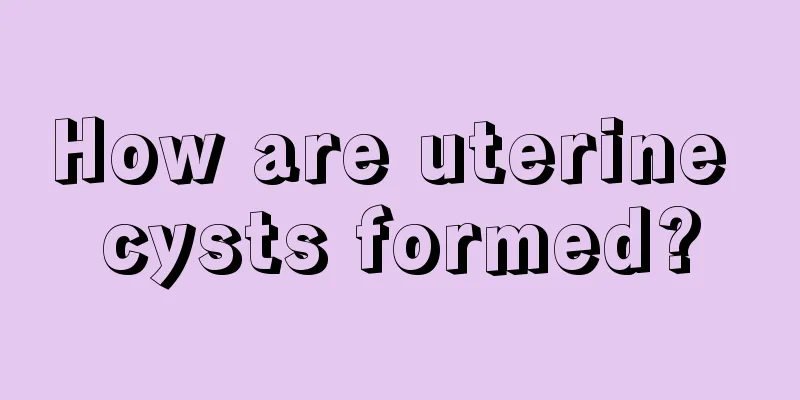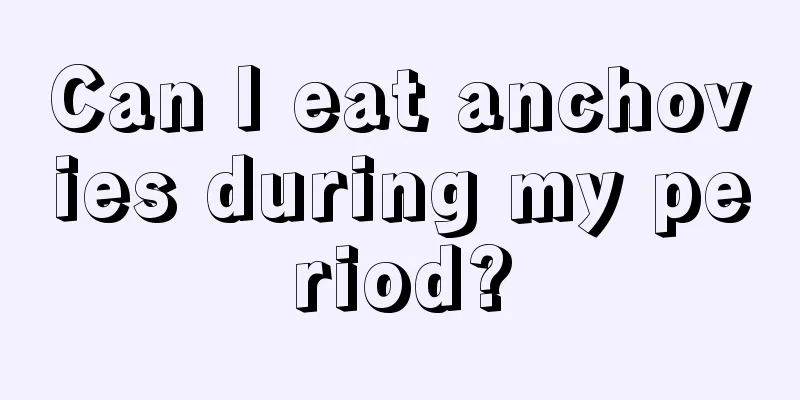How are uterine cysts formed?

|
Among the many reproductive diseases in women, uterine cysts are the most common. The main symptoms of uterine cysts are occasional vaginal bleeding and a feeling of oppression in the patient's abdomen. The work and life of patients with uterine cysts will be greatly affected by the torture of the disease, so patients with uterine cysts should be treated as early as possible. If patients with uterine cysts do not receive timely treatment and delay treatment for a long time, it is likely to cause infertility. This is mainly because patients with uterine cysts have a lot of secretions in their bodies, and some components in these secretions will devour sperm. Uterine cyst is a rare gynecological disease, which is easily overlooked in clinical practice. Uterine cysts have many symptoms, and patients may also have cervical hypertrophy. The causes of uterine cysts are complicated, and patients need to understand the causes of uterine cysts before they can receive symptomatic treatment. Uterine cysts can be divided into congenital and acquired uterine cysts. The former originate from the mesonephric duct and the paramesonephric duct, and mostly occur in the posterior wall or fundus of the uterus; the latter are mostly secondary to benign diseases or develop from the interstitial cells of the serosa, including cystic degeneration of uterine fibroids, cystic adenomyoma, cervical retention cysts and uterine serosa cysts. Causes of uterine cysts: The cause of its formation is similar to that of "acne" on the face. During the healing process of cervical erosion, the new squamous epithelium covers the opening of the cervical gland duct or extends into the gland duct, blocking the opening of the gland duct; the connective tissue around the gland duct proliferates or scars form, compressing the gland duct, causing the gland duct to narrow or even block, and the drainage of glandular secretions is blocked. The cyst formed by retention is called cervical nabothian cyst. The affected area of uterine cysts is mainly in the cervix, and it will gradually swell and may even block the cervical opening, which in turn causes sperm to enter the female body and cause infertility. In addition, uterine cysts may be accompanied by other complications, such as frequent urination, urgency, and constipation. |
<<: What to do if the uterine wall is thin
>>: How many days can the test strip detect pregnancy
Recommend
You need to eat enough protein to have a healthy body. Are you sure you are eating enough?
No. 208 Protein, body immunity protection We alwa...
What to do if you have heel pain during late pregnancy
We all know that when a woman is pregnant, all th...
What is the reason for the pain on the left side of the girl's lower abdomen?
When women experience abdominal pain, it is usual...
I have yellow discharge from my vagina in the morning. Is this a sign of illness?
Gynecological diseases have always been a problem...
Can eating donkey-hide gelatin cake remove spots?
Women's facial spots are very annoying, how c...
Effects of gynecological inflammation on menstruation
I believe everyone is familiar with gynecological...
What to do with oral ulcers during pregnancy
Pregnant women have relatively poor physical cons...
What to do if your scalp itches after giving birth
What should I do if my scalp itches after giving ...
Reasons for bloody vaginal discharge when wearing a ring that female friends should know
For modern women, there are many contraceptive me...
Can I take almond oil during my period?
There are a few days of pain every month, which e...
Food Safety | Is it a good thing for children to be fat? These health risks should not be underestimated
Is it a good thing for children to be fat? These ...
Pain at the junction of the female right thigh and hip
Pain at the junction of a woman's right thigh...
What kind of tea is Pu'er tea? Can Pu'er tea still be drunk after 10 years?
Pu'er tea is produced in Xishuangbanna, Linca...









